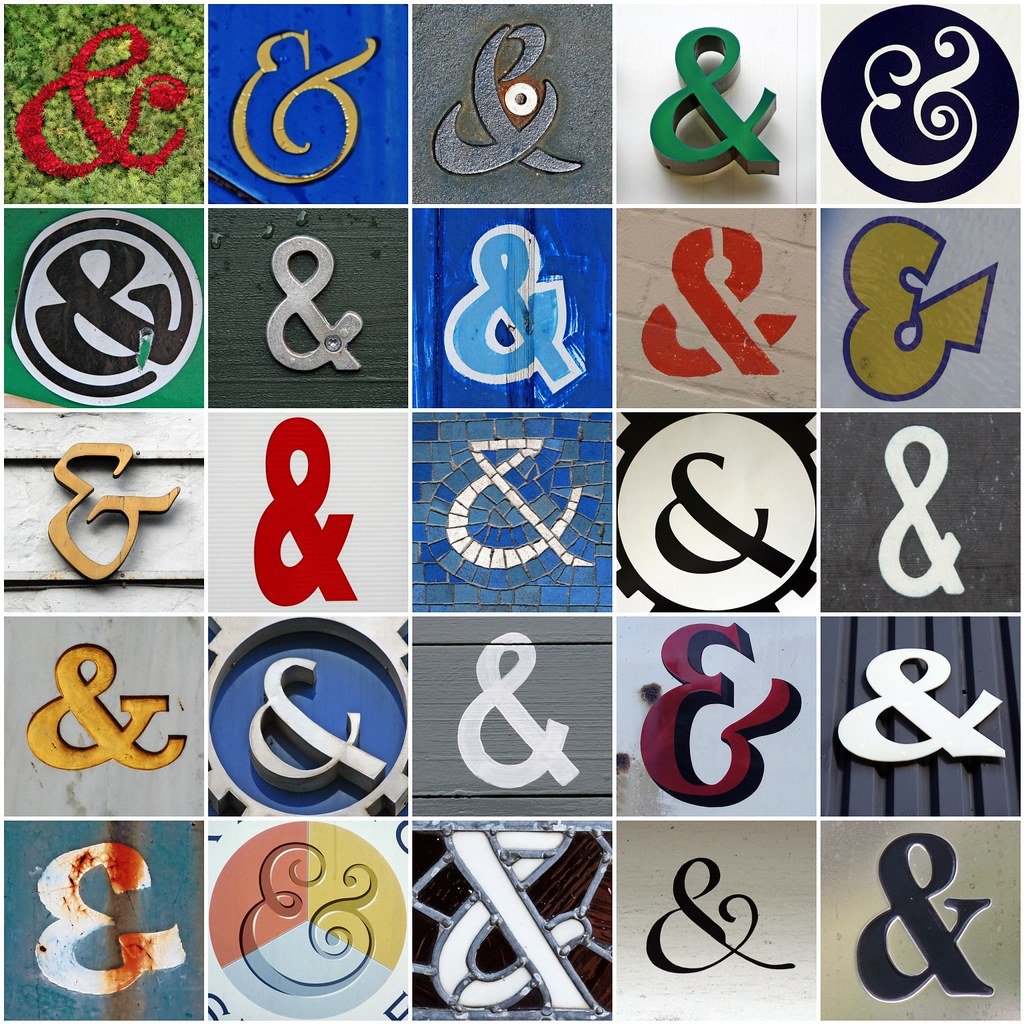Today, September 8, is National Ampersand Day. In addition to sharing a few fun facts about this squiggly symbol, we will discuss a not-so-recent but still-so-trendy practice in the naming of law firms. First, here are the facts (from National Today):
The ampersand’s origins can be traced back to the Latin word ‘et,’ which means ‘and.’ The letters ‘E’ and ‘T’ in this word were occasionally put together to form a ligature (a character consisting of two or more joined letters). The writer saved time by writing the word in this manner, with one letter flowing seamlessly into the next — a type of cursive or joined-up writing.
An early example of the ampersand has been discovered as graffiti on a wall in Pompeii, preserved by the Vesuvius eruption in 79 A.D.
Jan Tschichold, a typographer born in Leipzig in 1902, dedicated an entire study to the evolution of the ampersand in his 1953 monograph The Ampersand: its genesis and development, in which he collected hundreds of examples of the sign throughout history, charting its evolution from ancient graffiti to the familiar ‘&’ used today.
Over the last 15 years or so, BigLaw has adopted a more polished, less conventional approach to branding. Instead of the more traditional practice of identifying all named partners in the title of the firm, larger firms have opted for more airy austerity. See the examples listed below:
In 2010, just three Am Law 100 firms officially used a single surname, but in 2023, these abbreviated brands are the rule more than the exception. Shortened names may help build stronger brand identity, as those in favor of the trend like to point out, but these elegant eponyms, according to others, lack a critical element – the ampersand, a most elegant emblem itself.
This curlicued critter has long played an important role in the titling of firms. When adjoining only two names, it serves as a fulcrum, tethering a pair of partners, and when multiple partners are named, it offers a chance for the firm’s top players to use yet another grammatical device – the Oxford comma (aka the serial comma) – if they so choose.
We at the Harris County Hainsworth Law Library have long extolled the merits of good legal writing, as well as precisely placed punctuation and the effective use of clear language. We aim for neutrality and objectivity in our blog posts, preferring instead to share information that facilitates individual discretion. After all, for one person, the ampersand is a crucial character; for another, it is a gratuitous glyph. Wherever you – or your firm – fall on that continuum of opinion, we are not here to judge but to celebrate.
On this National Ampersand Day, find your own ways to appreciate this stylistic scribble, for an ‘and’ is simply an ‘and’, but and ampersand is much more grand. Share your “Ampersands in the World” by sending photos to ampersand@pw.org. For the more devoted fans of the ampersand, consider joining The Ampersand Club, or spend some time delving deeper with the extensive list of additional reading and viewing options available at this link.
For even more suggested reading, check out these titles on law firm marketing and branding. Visit the links below in our online ebook collection. To register for access, click here.
100+ Pointers for Business Development by Sharon Meit Abrahams
Own the Map: Marketing Your Law Firm’s Address Online by Conrad Saam
The Lawyer’s Guide to Marketing on the Internet by Gregory H. Siskind & Deborah McMurray
Bonus link: Typography for Lawyers by Mattew Butterick



